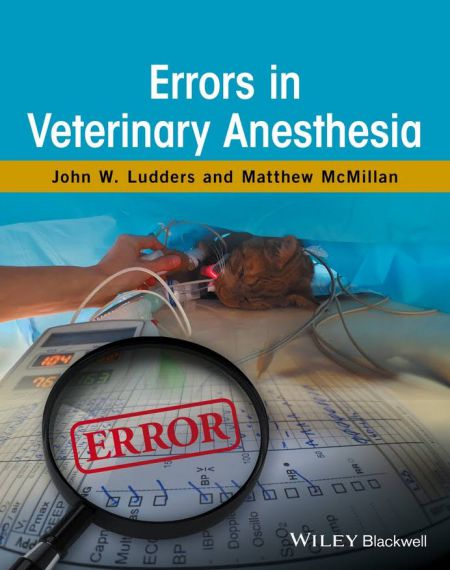Errors in Veterinary Anesthesia, It’s a busy night of emergencies. A puppy, having eaten its owner’s socks, is undergoing exploratory abdominal surgery for gastrointestinal obstruction.
Errors in Veterinary Anesthesia

A young tomcat is being treated for urinary tract obstruction, and a Pomeranian with a prolapsed eye has just been admitted as has a dog with multiple lacerations from a dog fight. A German shepherd with gastric dilatation and volvulus is being treated in one of the two bays in the emergency treatment room. This evening is also a new employee’s first night on duty; she and two other staff members are assisting with the German shepherd dog. After initially stabilizing the dog, it is anesthetized with fentanyl and propofol and then intubated so as to facilitate passing a stomach tube to decompress its stomach. The new employee, who is unfamiliar with the emergency practice’s standard operating procedures, facilities, and equipment, is told to attach an oxygen insufflation hose to the endotracheal tube.
The employee inserts the hose into the endotracheal tube rather than attach it to a flow‐by device, a device that is small and located out of sight at the other treatment bay. By inserting the insufflation hose into the endotracheal tube the patient’s airway is partially obstructed; the oxygen flow is set at 5 L min−1 (Figure 1). No one notices the error because the rest of the team is focused on inserting the stomach tube; within a few minutes the dog has a cardiac arrest. During CPR, which is ultimately unsuccessful, the team recognizes that the dog has a pneumothorax and its source is quickly identified.
Why do well‐trained and caring professionals make errors such as this? How should the veterinarian in charge of the emergency respond to this accident? How can a veterinarian or practice anticipate an error or accident such as this so that it can be avoided, or prevented from occurring again? Both of us have thought about and explored the hows and whys of errors that occur during anesthesia. Based on our experiences and as teachers of anesthesia to veterinary students and residents, it is our opinion that the answers lie in the reality that we can and must learn from errors; they are learning opportunities, not personal or professional stigmata highlighting our failings for all to see. How those of us involved in veterinary medicine, specifically those of us in doing and teaching veterinary anesthesia, can learn from errors is the purpose of this text.
Password: pdflibrary.net
